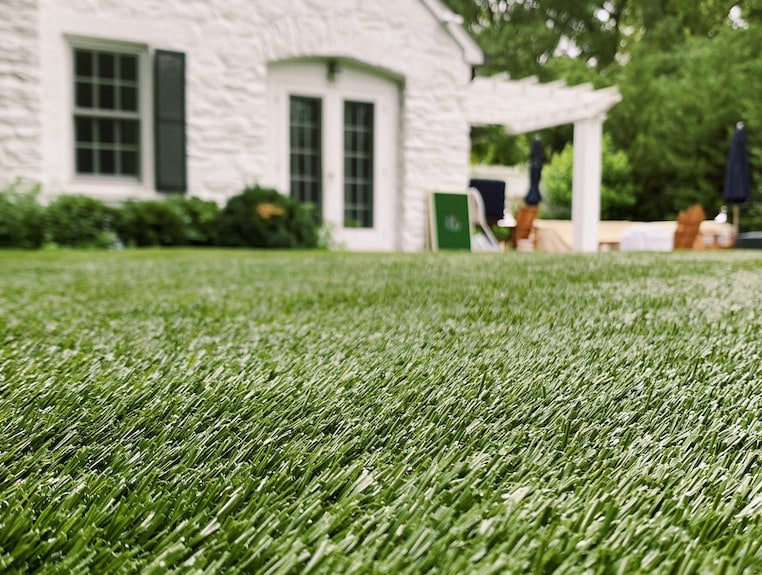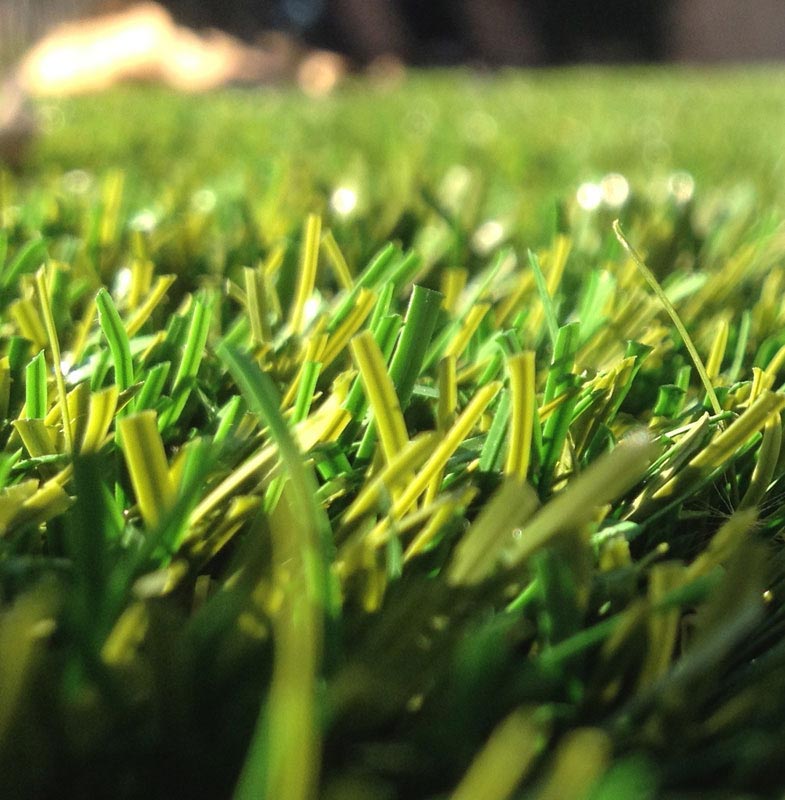Skilled Arizona Turf Installation Services for Residential and Commercial Use
Skilled Arizona Turf Installation Services for Residential and Commercial Use
Blog Article
Explore the Environmental Conveniences of Opting for Artificial Turf Solutions
The adoption of artificial grass remedies offers a compelling possibility to deal with pressing ecological challenges. By significantly lowering water usage and lessening the application of hazardous chemicals, these choices not only promote lasting landscape design yet additionally secure local environments.
Water Preservation Benefits
One of the most considerable benefits of fabricated lawn is its capability to preserve water. In contrast, synthetic grass does not need watering, dramatically lowering the general need for water resources.
By removing the need for routine watering, synthetic grass adds to sustainable landscape techniques and assists alleviate the environmental effect of excessive water consumption. The conservation of water expands to the decrease of drainage, which can lead to dirt disintegration and river pollution.
Additionally, the installation of synthetic grass allows homeowners and districts to designate water resources much more efficiently, concentrating on necessary usages such as alcohol consumption water and agriculture. The change towards synthetic grass not just promotes responsible water use however likewise aligns with wider ecological goals targeted at preserving all-natural resources.
As neighborhoods progressively prioritize sustainability, the water preservation benefits of man-made grass present an engaging instance for its adoption in industrial and household landscaping projects.
Decreased Chemical Use
The change to synthetic grass significantly decreases the reliance on chemical treatments frequently made use of in all-natural lawn maintenance. Traditional turf monitoring generally entails the application of pesticides, herbicides, and plant foods to advertise growth and control pests. These chemicals can present threats to human health, regional wild animals, and the environment, adding to dirt and water contamination.
In comparison, man-made lawn eliminates the demand for these hazardous materials. As soon as mounted, it needs very little upkeep, largely including regular cleaning and infrequent infill replenishment. This reduction in chemical use not only benefits the instant atmosphere but also adds to broader environmental stability. By lessening the launch of artificial substances right into the environment, synthetic grass promotes healthier soil and water systems.
Additionally, the lack of chemical overflow connected with fabricated grass installations helps secure local rivers from contamination, supporting aquatic life and maintaining biodiversity. Arizona artificial turf. As neighborhoods progressively prioritize sustainable practices, selecting fabricated turf presents a viable option that lines up with environmental preservation goals. With this change, building proprietors can enjoy lush environment-friendly spaces without jeopardizing environmental health and wellness, leading the way for a more sustainable future
Lower Carbon Impact

Furthermore, the setup of synthetic grass can result in considerable water conservation. All-natural yards require substantial quantities of water for irrigation, which not just includes to the carbon impact related to water extraction and therapy however also stress local water resources. In comparison, fabricated grass More hints needs marginal upkeep, calling for no watering, consequently significantly minimizing water use and its associated energy expenses.
In addition, the long life of synthetic grass adds to its decreased carbon influence. With a lifespan of approximately 15 years or more, the demand for regular substitutes is reduced, leading to less waste and reduced power intake in production and getting rid of standard turf options. Generally, synthetic grass offers a lasting choice for eco mindful landscaping.
Environment Conservation
Habitat conservation is a crucial factor to consider in the debate over landscape design options, specifically when comparing synthetic grass to natural turf. All-natural yard yards usually need extensive upkeep, including making use of chemicals, herbicides, and fertilizers, which can adversely affect regional ecological communities. These chemicals can leach right into the soil and waterways, hurting native vegetation and animals and disrupting neighborhood environments.
On the other hand, man-made turf offers a chance to reduce the environmental impact of landscape design. By choosing artificial turf, property owners can reduce the disturbance of natural environments connected with typical yard treatment techniques. Artificial grass eliminates the requirement for hazardous chemicals, thereby safeguarding nearby wild animals and maintaining the integrity of bordering environments. Additionally, the installment of synthetic grass can result in the conversion of former grass areas right into more biodiverse landscapes, such as pollinator gardens or native plant areas, which can support regional wild animals.
Inevitably, the change to synthetic grass not just conserves water and minimizes upkeep efforts yet additionally fosters an extra unified connection between human tasks and the natural surroundings, advertising habitat preservation while doing so.
Long-Term Sustainability
Long-lasting sustainability is a crucial element in examining the benefits of synthetic grass over conventional grass lawns. Among the most considerable benefits of synthetic grass is its sturdiness; it can last approximately 15-20 years with minimal upkeep, whereas all-natural grass calls for regular reseeding and replacement. This durability reduces the need for constant sources, such as water, plant foods, and chemicals, which are crucial for keeping a healthy and balanced grass yard.
Additionally, synthetic grass adds to a decrease in carbon Source discharges connected with grass treatment equipment. webpage Standard grass typically call for gas-powered mowers, trimmers, and blowers, every one of which add to air contamination. Turf installation phoenix az. In contrast, synthetic grass removes the requirement for such equipment, promoting a cleaner setting
In addition, the manufacturing of synthetic grass progressively makes use of recycled products, boosting its sustainability account. As manufacturers embrace eco-friendly practices, the ecological footprint of synthetic grass remains to decrease.

Final Thought
The adoption of synthetic grass solutions offers substantial ecological advantages, including considerable water conservation, minimized dependence on damaging chemicals, and a lower carbon impact. Artificial lawn aids in preserving all-natural habitats by decreasing land disruption and advertising lasting sustainability with the usage of resilient products. Collectively, these aspects underscore the potential of synthetic grass to contribute favorably to ecological health and supply a practical alternative to standard landscape design practices in an increasingly resource-conscious world.
In contrast, synthetic turf does not need watering, significantly decreasing the general need for water sources. By reducing the release of artificial substances into the ecological community, synthetic turf promotes healthier soil and water systems.
In addition, the installation of artificial lawn can result in significant water preservation. In comparison, fabricated grass requires marginal upkeep, requiring no watering, consequently considerably minimizing water usage and its associated power prices.

Report this page